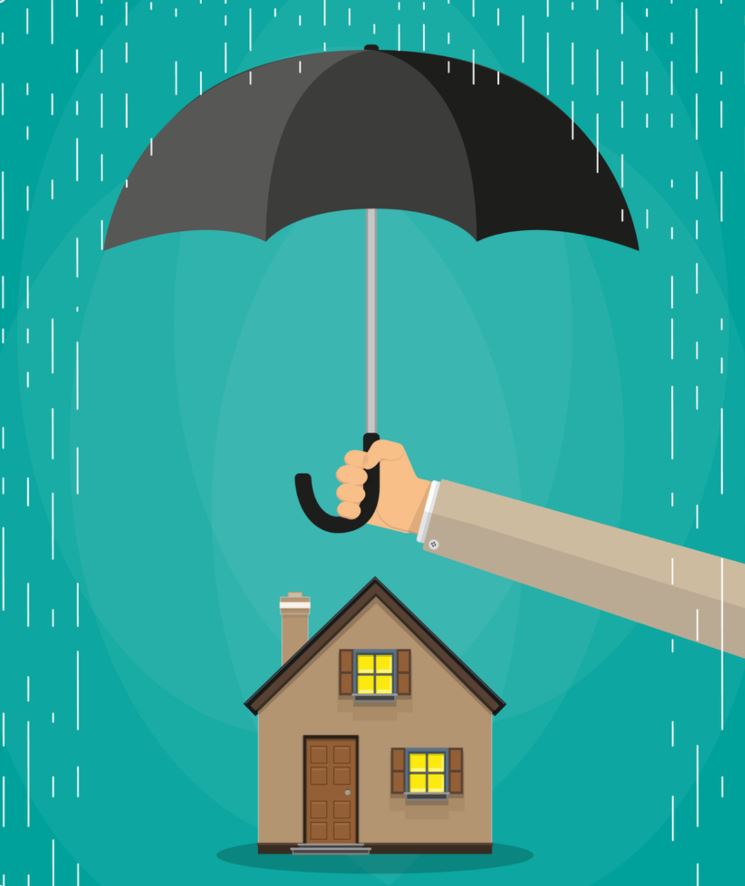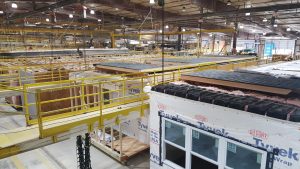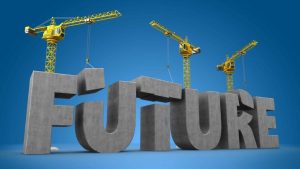We’ve Got You Covered!


You see it on the news and hear about it on the weather reports. Rain, rain, rain. It seems like we have felt its impacts more than ever over the last 18 months. When building a new home, the first thing that has to be done is to build a foundation. Whether it is a slab, a crawlspace foundation, or a full basement, it needs to be placed in the ground. But Mother Nature is unrelenting. Construction is being delayed in all regions because excavation can’t be done and foundations can’t be built because of the rain. And this is just for the first part of the home building process. Next comes the part of getting a home built on that foundation. That’s when it really starts to get hard…
Traditional Construction is Getting Riskier
While many still subscribe to the thought that the old way is the best way, that just isn’t true any longer. The traditional approach just isn’t the best way to manage risk when building a custom home today. Even with foundations, there are systems such as Superior Wall that are built in sections off-site and then installed onsite reducing time to build and mitigating weather delays. Why take 10-14 days for a foundation when a better on can be done in hours.
 Building outdoors just isn’t the way to build a better house today. So many variables are out of control. Rain coming down while the house is in the framing stage means moisture is getting into the wood. With the unrelenting rains we have been seeing recently, that means floors and framing can have weeks’ worth of stormwater laying on them. That water is absorbed into the lumber and flooring. In today’s fast paced world, construction is already behind because of the rain delay. The house isn’t given time to get “dried out”. The trapped moisture is now encased in the home to wreak havoc later. Just drive by a home construction site 1, 2, or 3 days after a storm. See for yourself how a home’s materials are exposed to the weather.
Building outdoors just isn’t the way to build a better house today. So many variables are out of control. Rain coming down while the house is in the framing stage means moisture is getting into the wood. With the unrelenting rains we have been seeing recently, that means floors and framing can have weeks’ worth of stormwater laying on them. That water is absorbed into the lumber and flooring. In today’s fast paced world, construction is already behind because of the rain delay. The house isn’t given time to get “dried out”. The trapped moisture is now encased in the home to wreak havoc later. Just drive by a home construction site 1, 2, or 3 days after a storm. See for yourself how a home’s materials are exposed to the weather.
Add to this that builders are struggling to get skilled labor and subcontractors. When you add the unpredictability of weather to their already precarious position of waiting to see who actually shows up to work each morning at a job site, each morning becomes a roll of the dice. Now those workers are working in the mud. In addition, they may be working in 35 degrees or 95 degree weather and you have to wonder how quality is being built into a home that is being built on site. There has to be a better way to build today’s home!
Modular Construction Has You Covered
 With modular construction, your home is built indoors and away from the sun’s rays, the rain, and the snow. It is always summer in the factory! Building indoors means your home is built under environmentally controlled conditions. But building indoors means much more than just protecting your home from the weather. A healthy living environment is promoted for you and your family by reducing the risk of mold and mildew growth.
With modular construction, your home is built indoors and away from the sun’s rays, the rain, and the snow. It is always summer in the factory! Building indoors means your home is built under environmentally controlled conditions. But building indoors means much more than just protecting your home from the weather. A healthy living environment is promoted for you and your family by reducing the risk of mold and mildew growth.
Window and door installations into walls are sealed properly virtually eliminating leaks which can allow water into interior walls. Condensation and water are the enemies of your new home. The precision and consistent applications of the manufacturer’s installation specifications make your home less prone to the deterioration that can start even before a new home is finished when building outdoors.
Modular construction means more, if not most, of the pieces used to build a home, are pre-assembled off-site. Sub-components and components are assembled into modules. These large modules are then shipped to a home site on carriers by large trucks and assembled in LEGO-like fashion on a foundation (that could also have been prefabricated off-site). What modular construction does by building indoors is to reduce or eliminate many of the risks in construction. These include:
- Schedule Risks – By building modules indoors at the same time the excavation and foundation is being completed at the site, the overall construction schedule is reduced. Subcontractor availability and weather can be removed as a primary cause of delay.
- Scope Creep/Change Orders – When building outside over a long period of time a home buyer see things that they want to change or wants different (i.e. more expensive) items that the contractor for. It is not uncommon for a custom home built onsite to cost 30% more than the original contracted amount.
- Weather Issues – By moving much of the construction to a manufacturing setting, what would normally take months can be completed in days. The weather’s impact on schedule, while not eliminated, can be greatly reduced.
- Reduce Skilled Labor Dependencies – By turning construction into a manufacturing process, unskilled labor can be trained and then closely supervised. This means quality is improved while using the available labor that is concentrated in one location to construct many homes.
Building Indoors is Just Better
Air quality is much higher in a modular home built under the strict processes of assembly-line like construction compared to outdoor construction which can let moisture content in wood and dust in vents wreak havoc on later air quality in the home. A modular home is designed to provide America’s home buyers with a well built, high quality home. It can do this at a value that can only be provided by utilizing the efficiencies of indoor factory construction. Combine that with outstanding design flexibility and high energy efficiency and you have a combination that far exceeds that of a home built using traditional, outdoor construction.
When you add in the additional characteristics of indoor construction, better schedule control, and better material management, modular is the better choice. The old way of building a home isn’t the best way to build a home today. Today’s best custom home builders and learning there is a better way… the modern way: Modular has you covered in more ways than one!
The post We’ve Got You Covered! appeared first on Impresa Modular.




